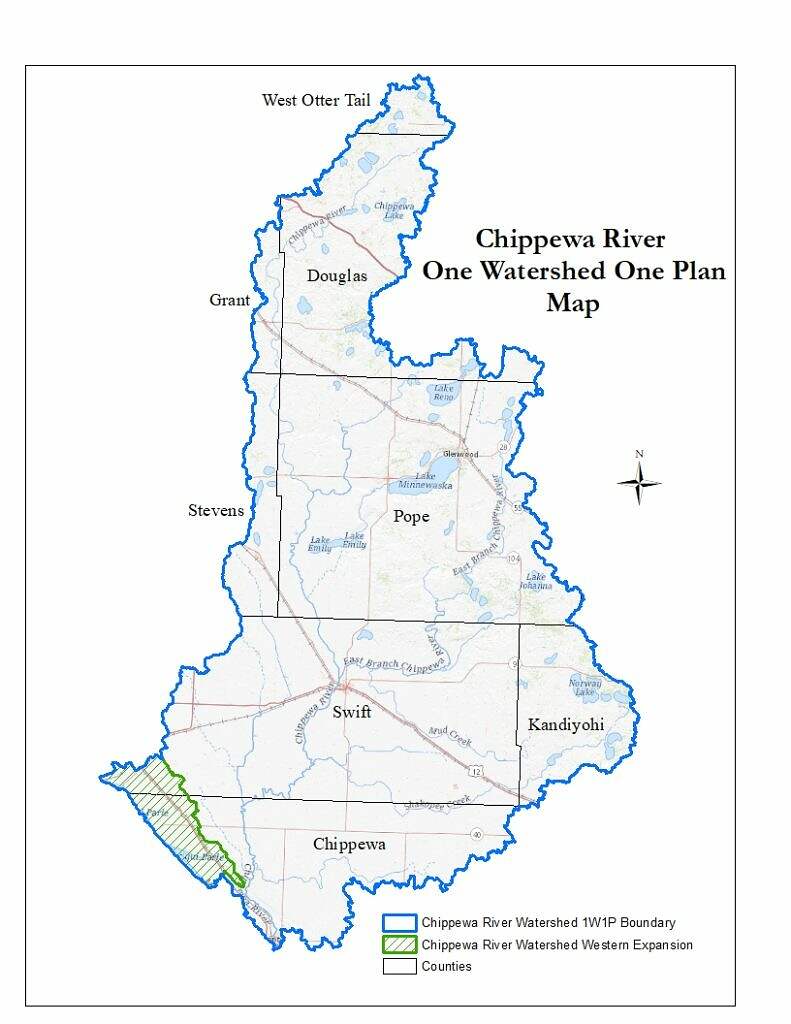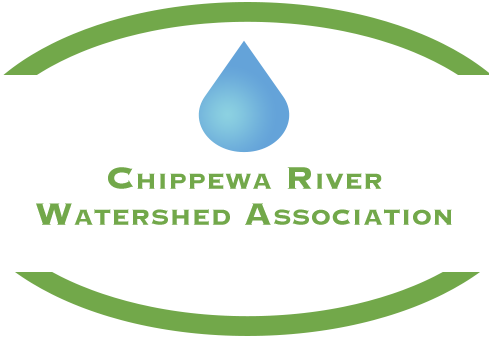About Us
The Chippewa River Watershed partners have worked together for many years, going as far back as 1998. A group called the Chippewa River Watershed Project (CRWP) has worked since that time to improve water quality in the watershed. This group completed watershed monitoring and worked to secure funding to do Best Management Practices (BMPs) and conduct education and outreach across the watershed. This group reorganized in about 2020 and is now called the Chippewa River Watershed Association (CRWA).
About three years ago the partnership worked to reorganize its Joint Powers Agreement. The partnership previously only included the Counties and the group worked to revise the agreement to include Soil and Water Conservation Districts (SWCDs). This group also began efforts to prepare for an application to the Board of Water and Soil Resources (BWSR) for the “One Watershed One Plan” program. The CRWA was successful in attaining a planning grant from BWSR.
This program allows counties to transition from county-based water plans to watershed-based planning. The planning area for the Chippewa River One Watershed One Plan includes portions of Otter Tail, Grant, Douglas, Stevens, Pope, Swift, Chippewa, and Kandiyohi counties. County and SWCD Boards in each of these counties have entered into a Joint Powers Agreement for the purpose of developing a watershed plan and to restore and protect the water and soil resources in the Chippewa River Watershed planning area. Pope Soil and Water Conservation District staff are acting on behalf of the partnership to coordinate this effort and to manage the fiscal duties.
This planning effort will take approximately two years to complete and at its conclusion will provide state funding for conservation projects that are considered a priority for improving and protecting our resources as identified and agreed upon by the CRWA members.
The CRWA is overseen by a Joint Powers Board consisting of an elected County Commissioner and elected Soil and Water Conservation District Supervisor from each of the Counties. They work with the Technical Advisory Committee (TAC) which consists of staff from the SWCDs and the Counties along with other state agency representatives. They work together to set priorities and target implementation and outreach activities through the watershed.

